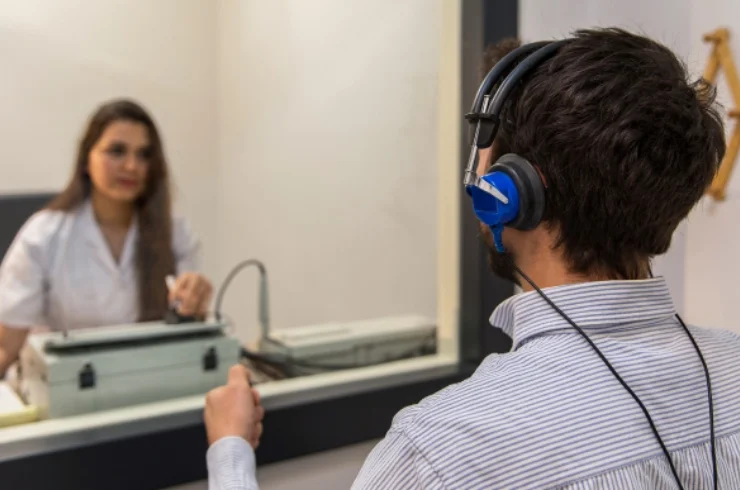
Pure Tone Audiometry (PTA) is a simple, non-invasive test that helps determine how well you hear different sounds. It is one of the most commonly used hearing assessments to check for hearing loss and its severity. Whether you’re experiencing difficulty in hearing conversations, struggling with background noise, or noticing a sudden change in hearing, PTA is the first step toward a proper diagnosis.
During the test, you will wear headphones and listen to a series of beeps or tones at different pitches (frequencies) and volumes. The audiologist will ask you to respond whenever you hear a sound, even if it is very faint. These results are recorded on an audiogram, a graph that helps identify the softest sounds you can hear at different frequencies.
PTA helps detect various types of hearing loss:
Get in touch with AdiAaru Speech & Hearing Solutions for expert hearing and speech care today!
Providing expert audiology, speech, and hearing care with personalized therapy solutions for all ages.